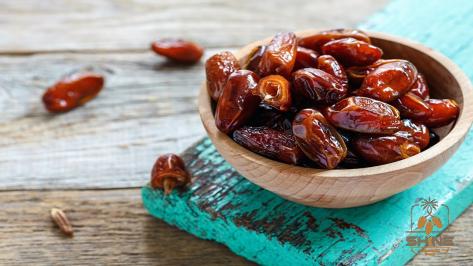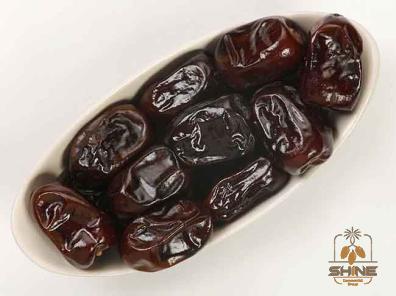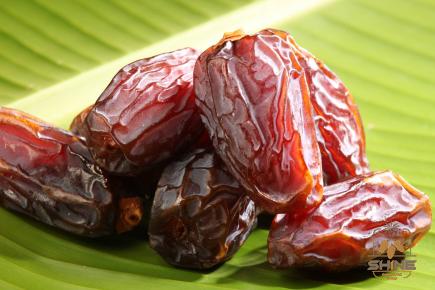Barhi dates, also known as Barhee dates, are a popular variety of the sweet and succulent fruit found in many parts of India. These dates have been enjoyed for centuries due to their unique taste, soft texture, and numerous health benefits. In this article, we will delve into the world of Barhi dates, exploring their origins, nutritional profile, cultivation practices, and cooking uses. Get ready to tantalize your taste buds and discover the wonders of Barhi dates!
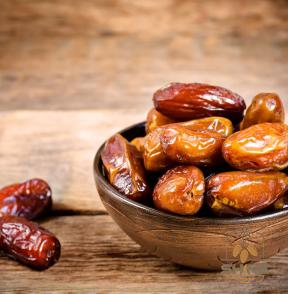
.
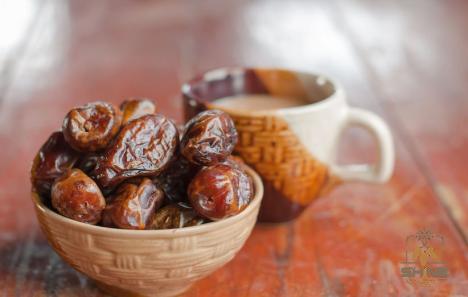 1. The Origins and Varieties of Barhi Dates: Barhi dates originated in Iraq and have been cultivated for over 2,000 years. They were introduced to India during the Mughal era and have since gained popularity in various regions. In India, the major cultivars of Barhi dates include the Khadrawy, Halawy, and Zahidi varieties. Each variety offers a slightly different taste, texture, and appearance, making them suitable for various culinary applications. 2. Nutritional Value of Barhi Dates: Barhi dates are a powerhouse of nutrition, packed with essential vitamins, minerals, and antioxidants. They are a rich source of dietary fiber, which aids digestion and promotes a healthy gut.
1. The Origins and Varieties of Barhi Dates: Barhi dates originated in Iraq and have been cultivated for over 2,000 years. They were introduced to India during the Mughal era and have since gained popularity in various regions. In India, the major cultivars of Barhi dates include the Khadrawy, Halawy, and Zahidi varieties. Each variety offers a slightly different taste, texture, and appearance, making them suitable for various culinary applications. 2. Nutritional Value of Barhi Dates: Barhi dates are a powerhouse of nutrition, packed with essential vitamins, minerals, and antioxidants. They are a rich source of dietary fiber, which aids digestion and promotes a healthy gut.
..
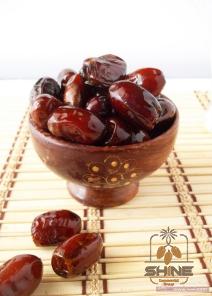 These dates are abundant in potassium, magnesium, and copper, which help in regulating blood pressure, promoting bone health, and supporting overall heart health. Moreover, Barhi dates contain vitamins A, B6, and K, as well as folic acid and iron, contributing to a healthy immune system and enhanced energy levels. 3. Cultivation of Barhi Dates in India: Barhi dates are primarily grown in the arid and semi-arid regions of India. The state of Rajasthan is renowned for its Barhi date plantation, with its favorable climate and soil conditions. The trees thrive in hot and dry climates, with temperatures ranging from 30-50°C (86-122°F). Barhi date palm trees require minimal water and can adapt well to sandy or loamy soil types. The trees take approximately 4-5 years to start bearing fruits, and they can produce up to 200-300 kilograms of dates per tree.
These dates are abundant in potassium, magnesium, and copper, which help in regulating blood pressure, promoting bone health, and supporting overall heart health. Moreover, Barhi dates contain vitamins A, B6, and K, as well as folic acid and iron, contributing to a healthy immune system and enhanced energy levels. 3. Cultivation of Barhi Dates in India: Barhi dates are primarily grown in the arid and semi-arid regions of India. The state of Rajasthan is renowned for its Barhi date plantation, with its favorable climate and soil conditions. The trees thrive in hot and dry climates, with temperatures ranging from 30-50°C (86-122°F). Barhi date palm trees require minimal water and can adapt well to sandy or loamy soil types. The trees take approximately 4-5 years to start bearing fruits, and they can produce up to 200-300 kilograms of dates per tree.
…
 4. Harvesting Seasons and Techniques: The harvesting season for Barhi dates in India typically begins in September and lasts till November. The fruit changes in color and texture as it ripens, starting from green and firm to a soft, golden-yellow hue when fully ripe. Harvesting involves carefully cutting the bunches of dates using a long pole or ladder. It requires skill and precision to prevent damage to the fruits. Once harvested, Barhi dates need to be stored carefully in cool, dry locations away from direct sunlight to preserve their quality and prolong their shelf life. 5. Flavor and Texture: Barhi dates are known for their luscious syrup-like sweetness and a soft, buttery texture. When fully ripe, they have a delicious caramel-like taste, which intensifies with age. Unlike other varieties of dates, Barhi dates are consumed when they are fully ripe and soft. The flesh is juicy and tender, while the skin is thin and delicate, making them a delectable treat to indulge in. 6. Culinary Uses: Barhi dates are incredibly versatile and can be enjoyed in various forms. They are commonly consumed fresh as a snack, eaten on their own or served with a selection of nuts, cheese, or yogurt.
4. Harvesting Seasons and Techniques: The harvesting season for Barhi dates in India typically begins in September and lasts till November. The fruit changes in color and texture as it ripens, starting from green and firm to a soft, golden-yellow hue when fully ripe. Harvesting involves carefully cutting the bunches of dates using a long pole or ladder. It requires skill and precision to prevent damage to the fruits. Once harvested, Barhi dates need to be stored carefully in cool, dry locations away from direct sunlight to preserve their quality and prolong their shelf life. 5. Flavor and Texture: Barhi dates are known for their luscious syrup-like sweetness and a soft, buttery texture. When fully ripe, they have a delicious caramel-like taste, which intensifies with age. Unlike other varieties of dates, Barhi dates are consumed when they are fully ripe and soft. The flesh is juicy and tender, while the skin is thin and delicate, making them a delectable treat to indulge in. 6. Culinary Uses: Barhi dates are incredibly versatile and can be enjoyed in various forms. They are commonly consumed fresh as a snack, eaten on their own or served with a selection of nuts, cheese, or yogurt.
